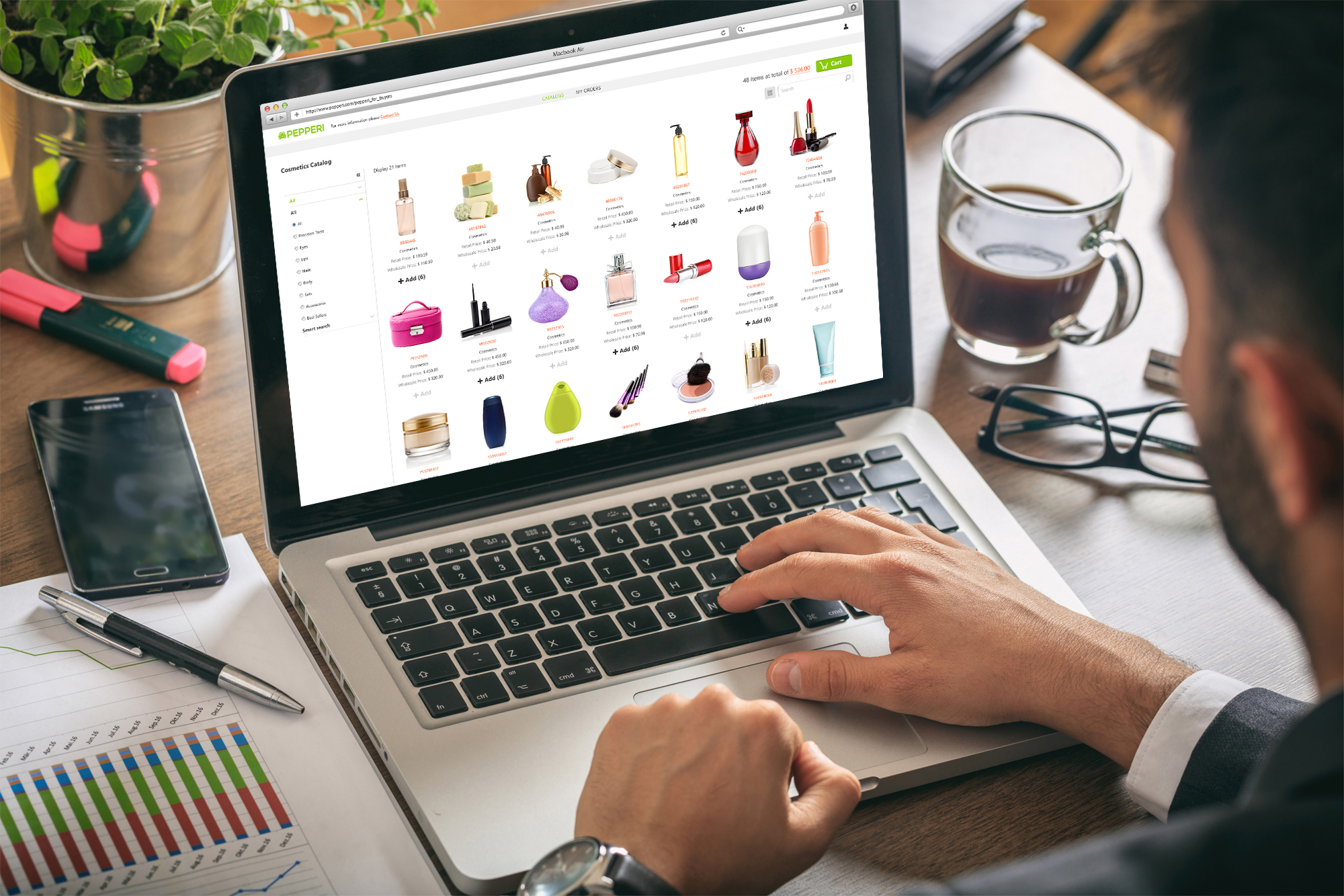These days, there are so many options for laptops and it’s hard to figure out which one feet’s you better. Follow these tips to find out the right laptop for you.
• Size and weight of the screen: Laptop screens generally vary in size. From screens 9 to 17 inches (about 23 to 43 centimeters). The larger the screen, the heavier your laptop will be. Balance the amount of portability you need with performance to find the right size for you. The larger screens will be more difficult to transport and will have a shorter battery life. But will allow for better graphics and more power. The smaller screens will be just the opposite.
• CPU: The CPU is the brain of your computer. The two main CPU providers are Intel and AMD. Intel corners the market in terms of advanced technology, but AMD offers competitive models at lower prices. Dual-core CPUs are more powerful with better support for games and graphics, while single-core CPUs are much more cost-effective for people who simply use their computer for the basic functions of office and web browsing.
• RAM Business travelers and home users should search between 2 GB and 4 GB of RAM. Players, graphic artists and others who work with high definition videos will benefit from 4 GB to 8 GB of RAM. The average student looking for a profitable machine to do homework, email and web browsing can settle for 1GB of RAM.
• Use a search engine for laptops online. Many shopping sites have tools and search engines to help you choose the right laptop. Microsoft has an innovative program called PC Scout, which guides beginners in the process of choosing a computer and then presents some options at the end. Online shopping sites often have advanced search features to help you search for laptops with the exact specifications you want.


